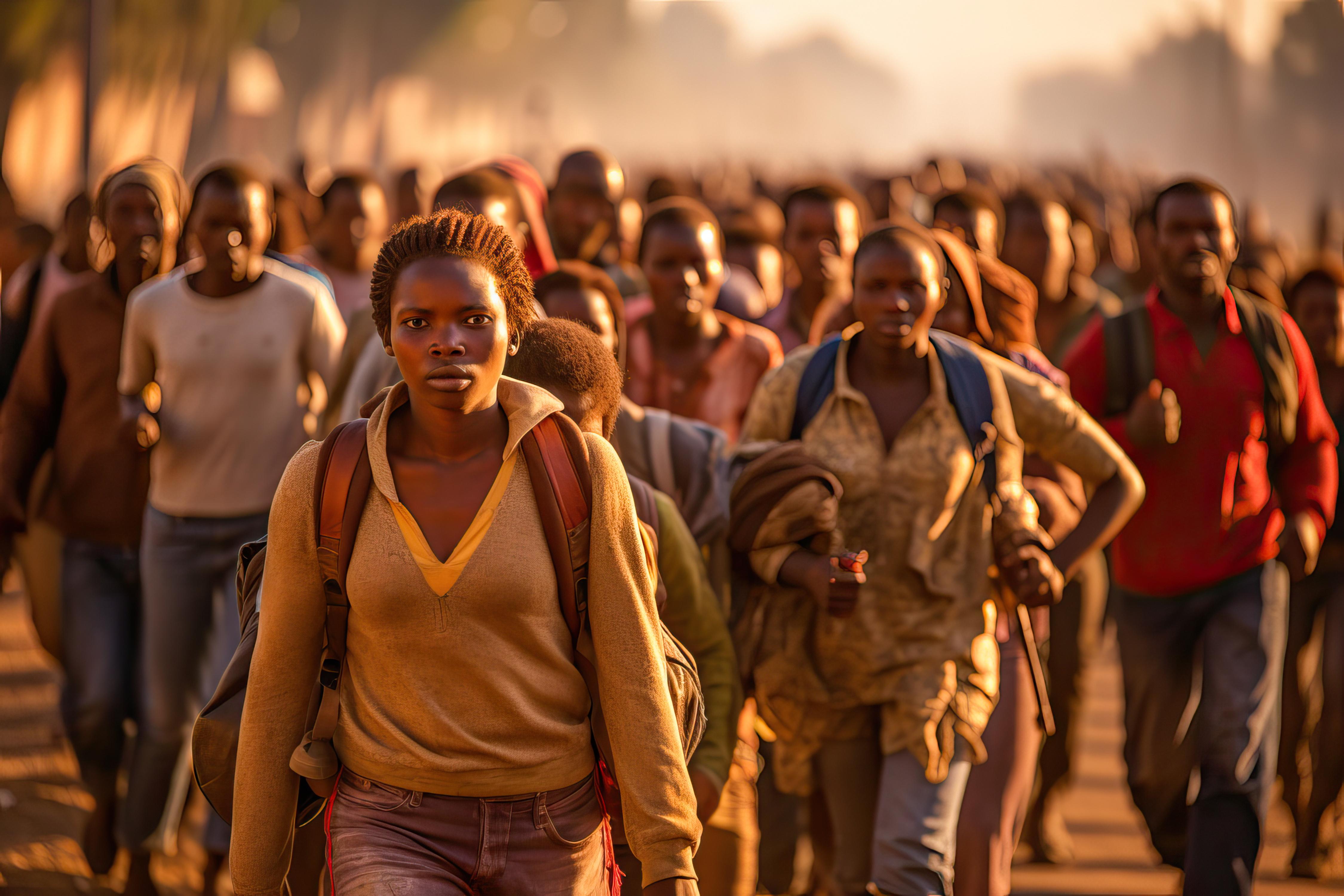Women Cross-Border Commuters
Overview
This project seeks to understand the frictions, risks, and experiences of women cross-border commuters. From a legal sociology perspective, it analyses the gap between legal standards and their daily implementation, identifying how this gap impacts vulnerabilities during their commutes.
Summary
Cross-border movements of people are usually analysed from a migration perspective, but many such movements happen for commuting. Cross-border commuters reside in one country but work in another, engaging daily or weekly, in short-term and routine trips across borders. Available data on these commutes is scarce, since international migrant stock data sets exclude cross-border commuters [1]. Yet, it is crucial to examine cross-border commuting for borders, whilst permeable, are still associated with legal and non-legal risks and frictions –processes of stopping and delay [2]– that people must negotiate continually. Examples of these frictions are legal permits, checkpoints, bribery, physical hazards, and women in particular face repeated risks of gender-based violence, including rape.
My preliminary work shows that cross-border commutes are especially burdensome in border regions with stark differences in wealth between the countries; with high concentrations of displaced individuals; and with poorly aligned legal frameworks between jurisdictions. Three specific cases evidence these dynamics: 1) The Venezuelan-Colombian border, a key entry point for more than 6 million Venezuelans fleeing the humanitarian crisis in their mother country, with up to 50,000 cross-border commuters daily [3-6]; 2) The Zimbabwe-SA border, a bustling trade route witnessing significant informal trade and labour migration from sub-Saharan Africa [7-8]; 3) The DRC-Rwanda border, marked by contrasting economic and social conditions [9].
Cross-border commutes centre qualities and experiences beyond those usually associated with commuting (ex: lost time, boredom, and stress), highlighting vulnerabilities and risks that so far are almost completely ignored. This study also deepens the analysis on the legal dimensions and the frictions in daily mobility.
Objectives and Research Questions
This project seeks to understand the frictions, risks, and experiences of women cross-border commuters. From a legal sociology perspective, it analyses the gap between legal standards and their daily implementation, identifying how this gap impacts vulnerabilities during their commutes. It addresses these questions:1) Beyond traditional commuting challenges, what are the experiences, frictions and risks facing women cross-border commuters in Global South borders? 2) How does the gap between the written law and the law in practice, impacts the vulnerabilities and risks they face? And what space does it leave for non-state actors’ intervention? 3) What State actions can improve commuting experiences for these commuters?
The project will follow a 5-step approach:
- Mapping and studying national and international laws in the three borders: Venezuela-Colombia, Rwanda-Democratic Republic of Congo and South Africa-Zimbabwe
- Fieldwork including interviews and focus groups in Cúcuta, Colombia
- Study visits to Gisenyi, Rwanda and Musina, South Africa to conduct interviews and observations
- Remote workshops with public officials, civil society and ground-based organizations, scholars and international officials, building a network of co-applicants through equitable academic partnerships for a posterior intercontinental research project
- Analysis of the written law and its application impacting women cross-border commutes
The project will enable 1) Establishing a network of co-applicants and research partners to address women cross-border commuters’ challenges; 2) Submitting 2 academic papers in leading journals; and 3) Building a proof of concept for a subsequent intercontinental comparative research project.
Sources: [1] UN (1998) Recommendations on Statistics on International Migrations. DESA, Par.42; [2] Cresswell T (2010) Towards a Politics of Mobility, Environ Plann D 28:17-31;[3] Watson (2018) The Bridge of Desperation, BBC; [4] Mojica et al.(2020) Dimensiones de la migración pendular colombo-venezolana. 305-323; [5] Mendoza (2023) La Migración irregular y las vidas no deseadas en el conflicto armado colombiano, Iuris Dictio 32:18; [6] Zulver &Idler,(2020). Gendering the border effect: the double impact of Colombian insecurity and the Venezuelan refugee crisis. Third World Quarterly, 41(7), 1122–1140 [7] Fayad (2011) Beitbridge, where business is boss. Sunday Times; [8] Hill (2024) South Africa election 2024: ‘You see skeletons’ - the deadly migrant crossing, BBC; [9] Büscher & Mathys (2013) “Navigating the Urban ‘In-Between Space’: Local Livelihood and Identity Strategies in Exploiting the Goma/Gisenyi Border.” Violence on the Margins. New York: Palgrave Macmillan US. 119–142.
Outputs
Some of the testimonies of women cross-border commuters will be published in the transmedia project Invisible Commutes:
Website: www.invisiblecommutes.com
Spotify podcast: https://open.spotify.com/show/2NyqyCKeQ00NxqEiIR7JdU?si=93ab8be0172d4379
In brief
Duration
2024 - 2025
Funder
John Fell Fund
Principal Investigator
Contact


